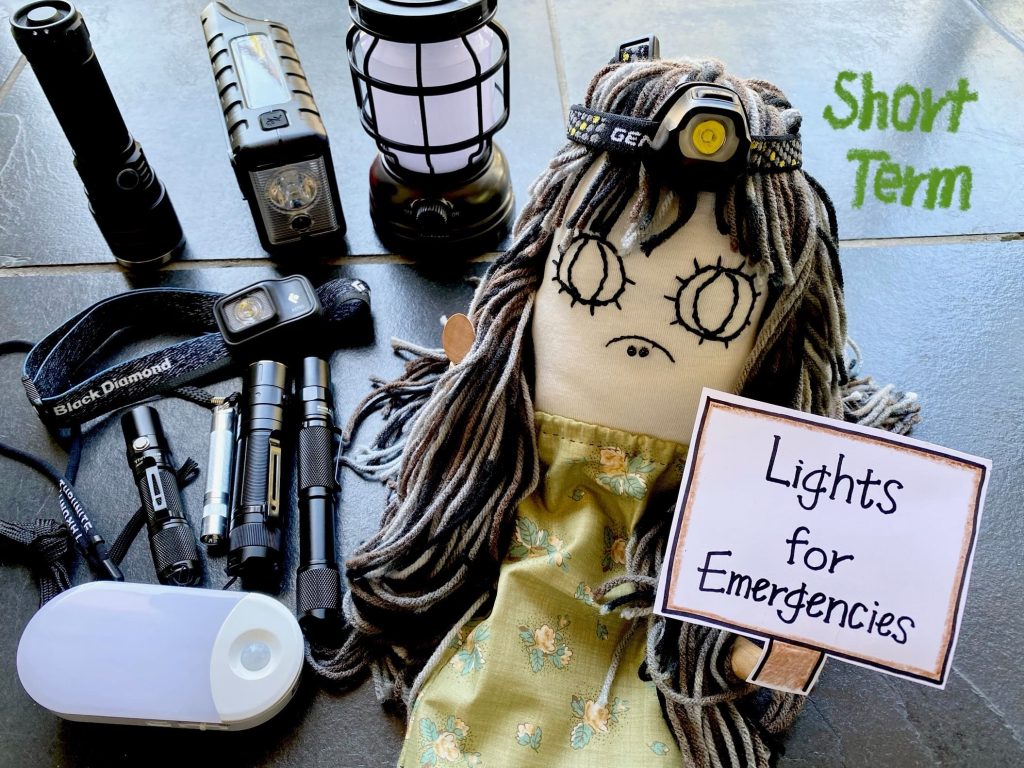
Which light sources should I prepare for short-term emergencies?
“I have a flashlight, and I set it up in the kitchen.”
“My smart phone has a light. Is that not enough?”
“I have candles all around my home! I’ll just use them.”
Did you ever play with a flashlight in the dark when you were a kid? It was OK then, because you knew you were safe. But if you have a widespread blackout after a big disaster, you will be in big trouble without light. At night, in complete darkness, you won’t even be able to find where you put your flashlight. In the worst case scenario, it will be as dark as when you completely close your eyes. How will you find the exit? How will you make it outside without tripping over debris or stepping on broken glass? Even if you make it safely outside, on a cloudy night, or during a new moon, it will be pitch black outside too. How lucky we are when we have moonlight!
If you have prepared emergency lights, in advance, you will be OK, in a short-term emergency. But if the crisis turns into a long-term one, how will you survive in the dark? I’ve done some investigating, and I would like to share with you how to overcome both the long-term and the short-term situations.
What will happen to you if you don’t have a light?
1. You might get hurt.
When a widespread blackout happens, you will not be able to see anything at night, if you aren’t prepared. It might be too dark to see where you are stepping, and if the blackout happens because of a major earthquake, you may have to pick your way through scattered debris. Do you have confidence that you can get safely out of your home, in complete darkness, without getting hurt? Depending on how close you are to the ocean, a tsunami might come 20 minutes after the big earthquake. Can you get to safety, in the dark?
2. You might spend an anxious night in the silent darkness.
Maybe you can sleep through the night, or maybe the sound of the wind outside will keep you awake. Without the distractions of all our noisy electronics, every little sound really jumps out at you. Is it more inviting to criminals when the electricity is out and the streets are dark…?
3. You might be not able to do anything.
If you need to go to the restroom in the dark, what will you do? Even if you have an emergency flashlight somewhere in the back of the cabinet, how can you find it in the dark? (Where exactly are those bottles of drinking water?)
At the very least, you should set up power-failure nightlights in each room.
I set up these nightlights, for blackouts. I don’t think I can hold on to a flashlight, tightly, for long periods of time. You might already have many kinds of emergency lights, but the most important thing is that you can find them in the dark. Even if you dutifully prepare your emergency lights, if you can’t find them during a blackout, then you won’t be able to use them. I’m not saying that you need to set up neon green emergency exit signs in your home, but we should at least add some subtle emergency lights in each room. My apartment is very old and not well-equipped, so I have to prepare these by myself.
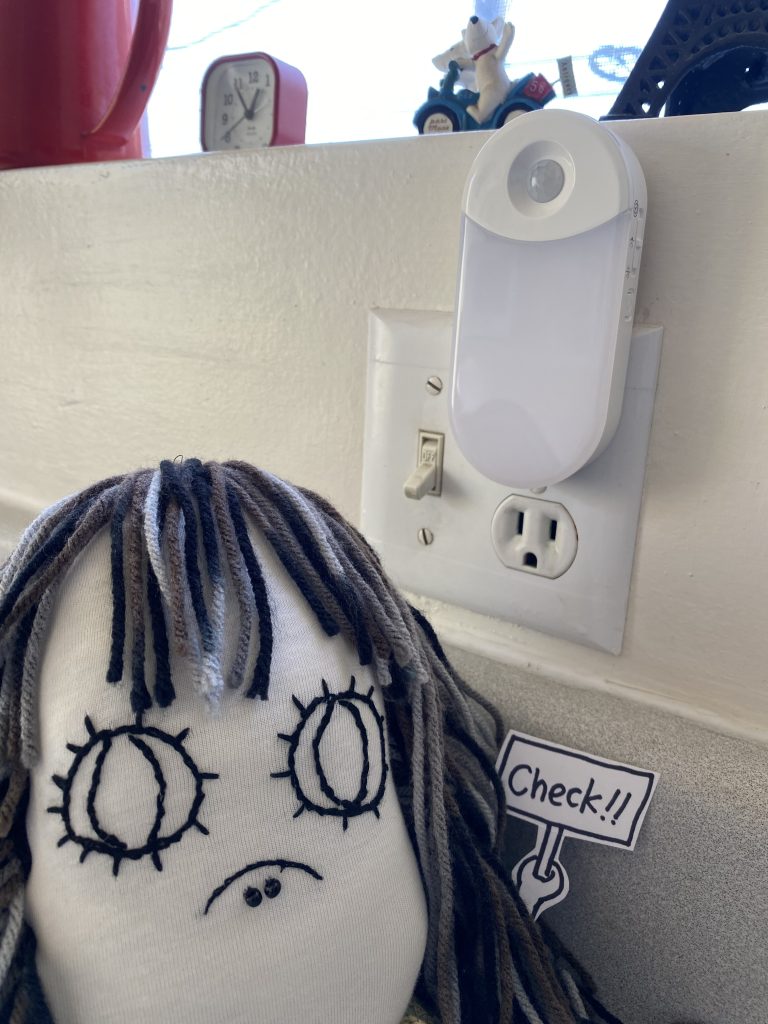
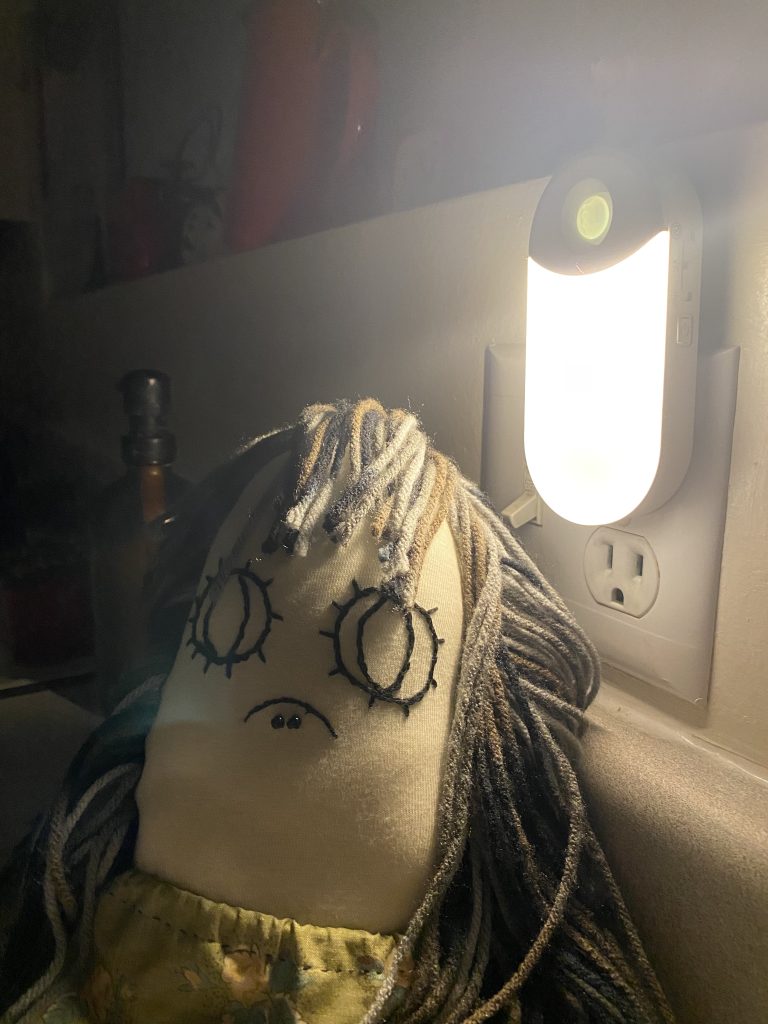
Important points
- Light intensity, measured in lumens (lm), tells us the total amount of visible light produced by a light source. The higher the lumen rating the brighter the light.
- Run time. When choosing a light, check the lumens produced by the light and how quickly the light will use up the batteries to produce that light. Running the light on high output gives the brightest shine, but also quickly drains the battery. Running it on a lower setting gives you less illumination, but greater duration.
- Choose the right number of lumens for each situation and light source.
● Less than 150 lm: Night light, reading map, or emergency backup.
● 150-500 lm: Everyday tasks, indoors and outdoors.
● 500-1000 lm: Camping, fishing, walking, hiking and running at night.
● 1000-3000 lm: Hunting, police, search and rescue. - Consider a range of reliable lighting options (e.g., battery-powered, solar-powered and crank-powered).
- Bulb type. These days, many battery-powered lights use LED ( light emitting diode) technology.
Benefits of LED’s include: long battery life / energy efficiency / free of toxic chemicals / can handle rugged use. - Look for additional features, like beacon mode, strobe or SOS features, red light mode, and USB chargers.
- Find lights that offer good protection against rainy weather and harsh outdoor conditions. Check for lights that are water proof and that have an IPX number. (The IPX rating system is used to evaluate how resistant products are to environmental conditions.)
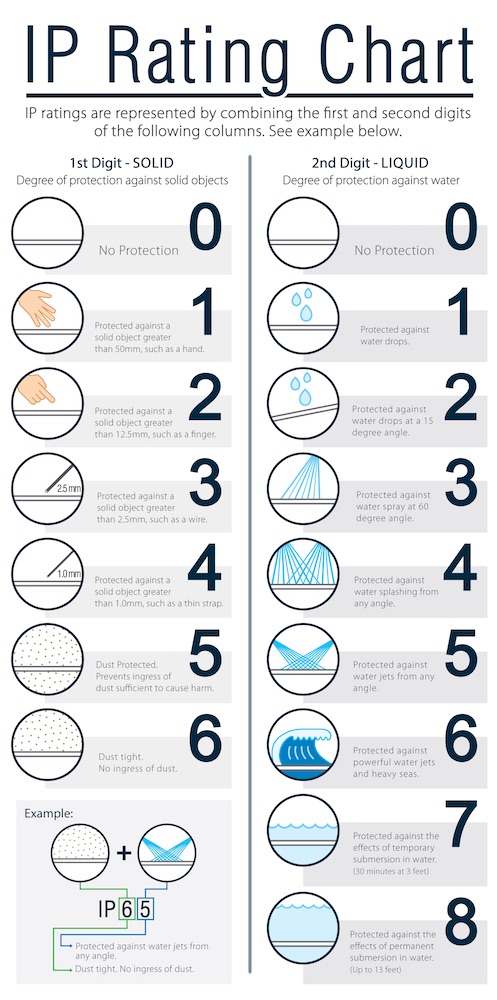
- Test regularly. Test your emergency lights often to make sure they function correctly.
What kind of lights to prepare ?
1. Head light: You might have to climb over debris in the street. You should have your hands free to support your movement. The head lamp moves as your head moves and directs the light to follow your field of vision. I recommend finding lightweight and comfortable head lights.
I prefer to use head lights when going to the bathroom, in the dark,
especially for the squat position ( Post # 62)…
I need free hands.
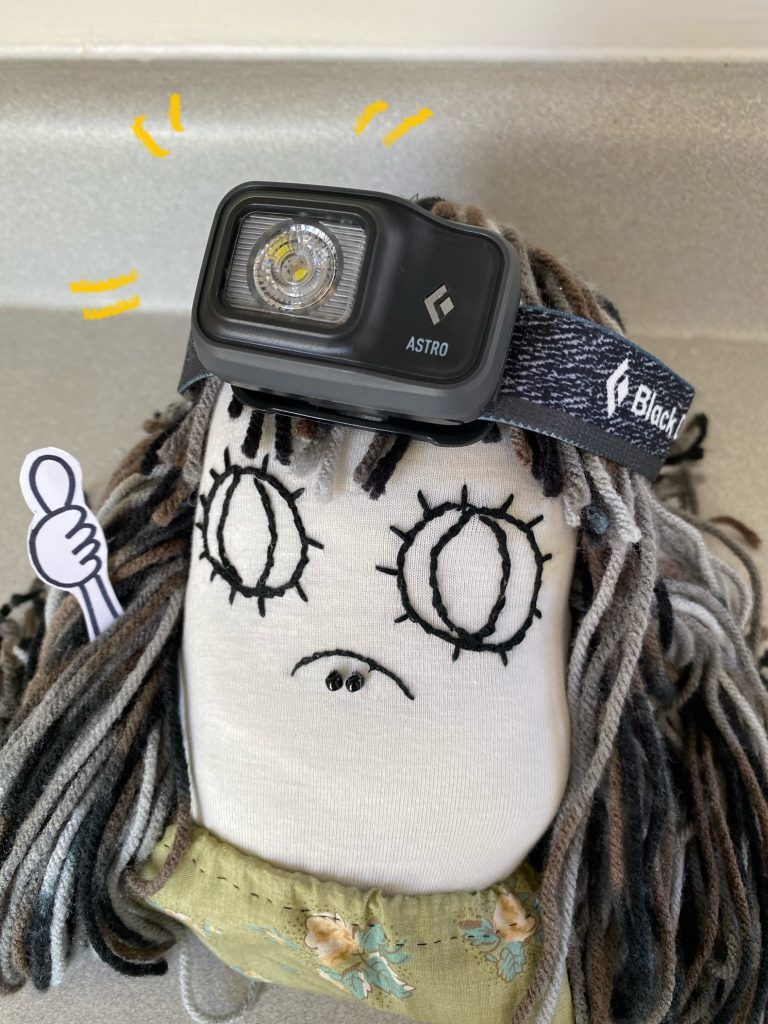
★ GENTOS
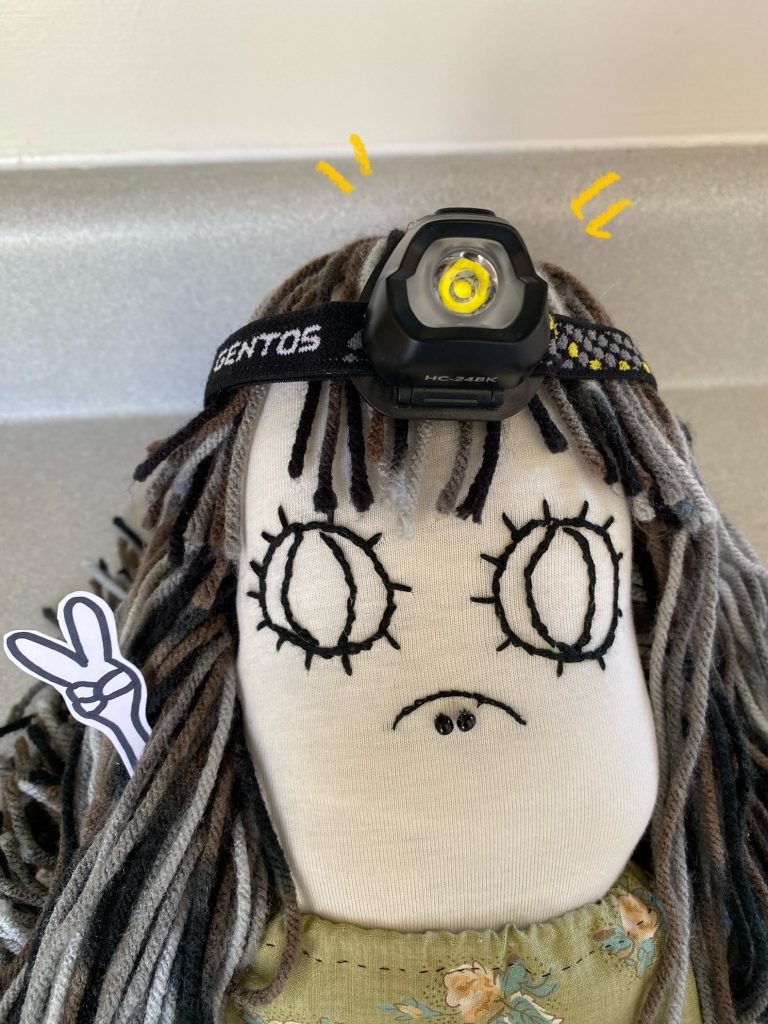
2. Mini-light: Your cell phone light is not enough, in a blackout. You should carry a mini-light on your key chain, or in your bag. My kids attach theirs to their backpacks, even though they have cell phones. Keep a charge on your cell phone’s battery to contact your family or place an SOS call.
★ OLIGHT
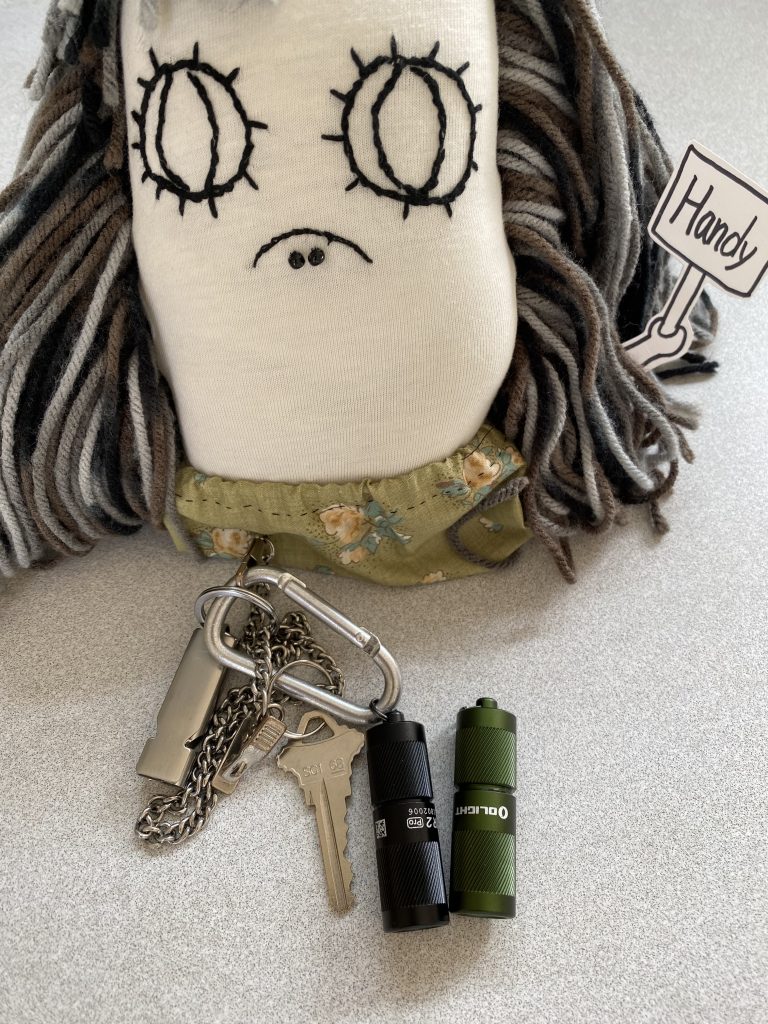
3. Emergency flashlight: Light up wide areas outside, in the dark, especially the street. Avoid danger ahead of time, from afar. Check the beam type. There are three common options: flood, spot and adjustable.
★ Fenix
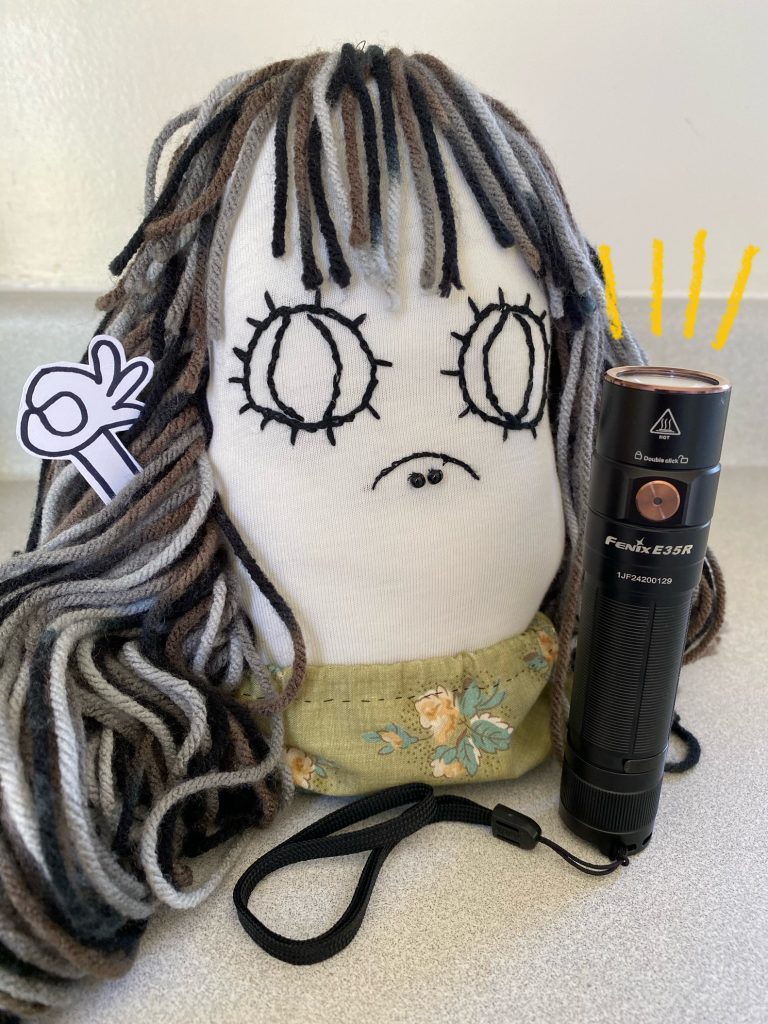
4. Lantern: Long lasting, we can enjoy the soft glow around a table.
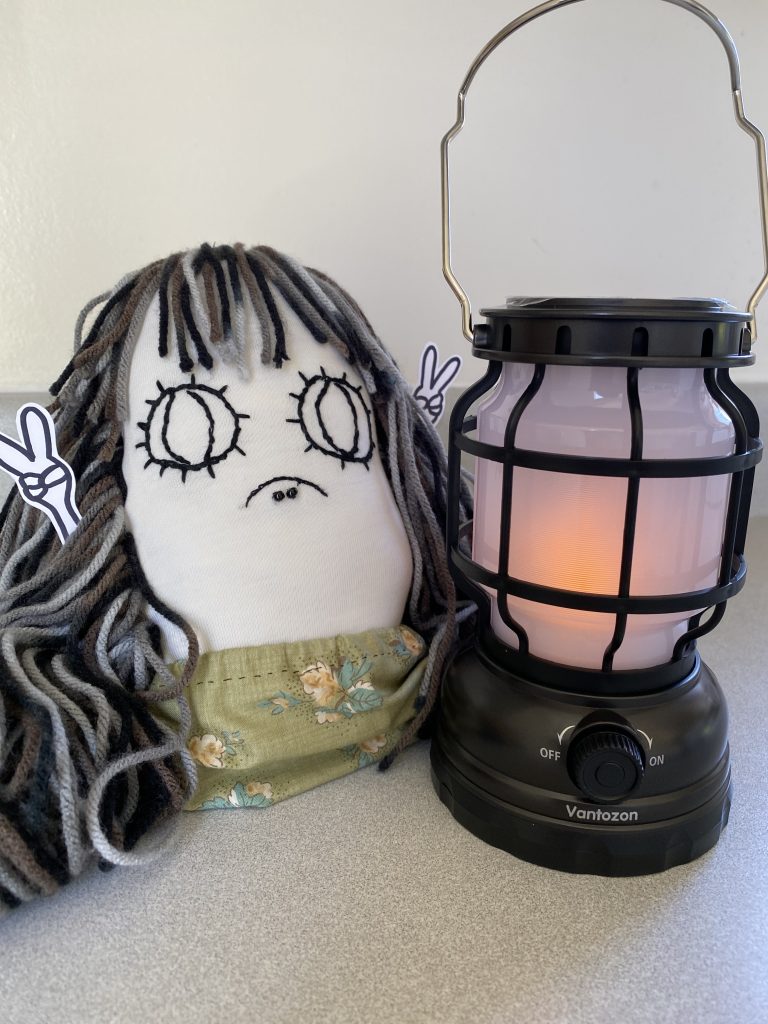
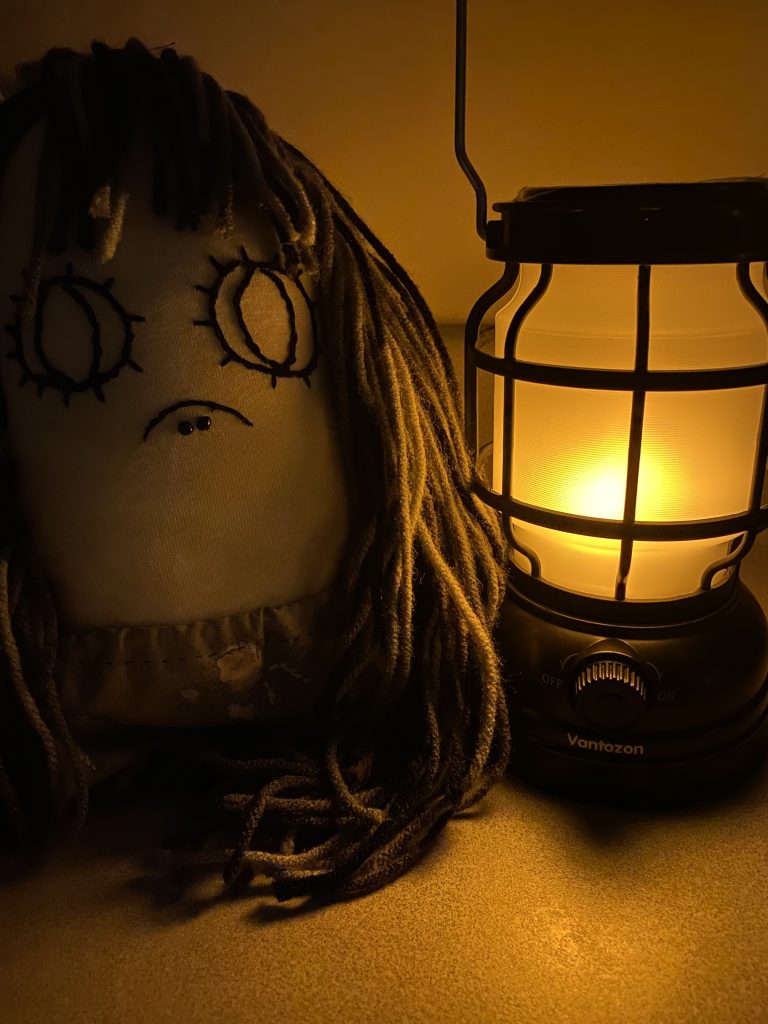
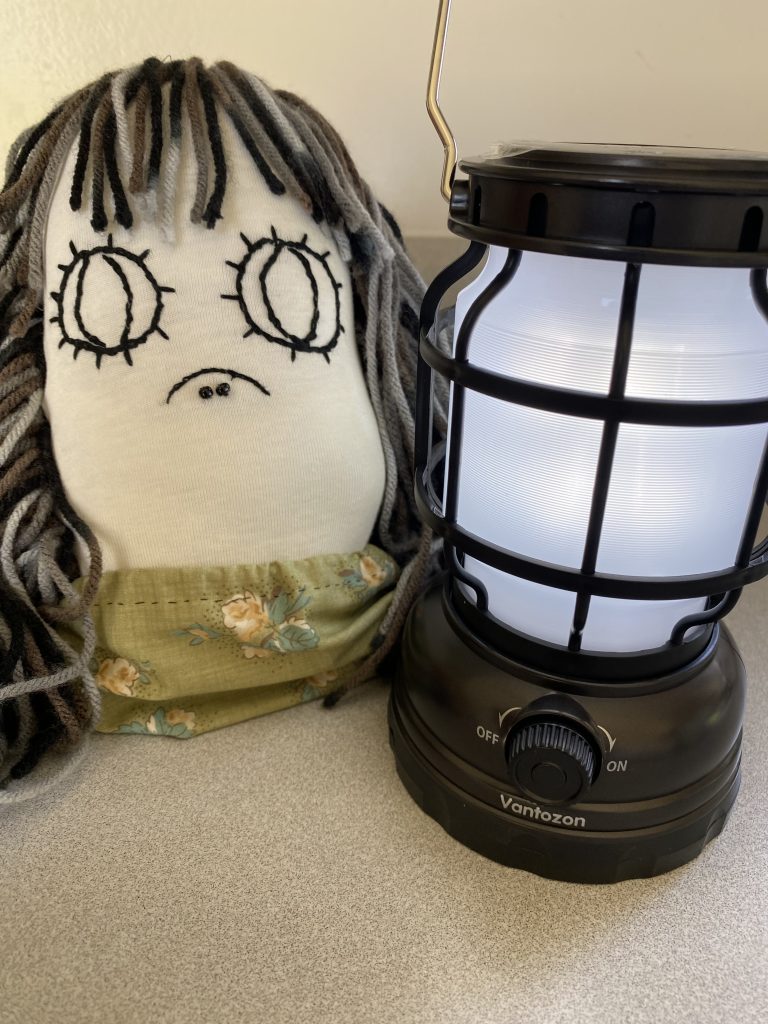
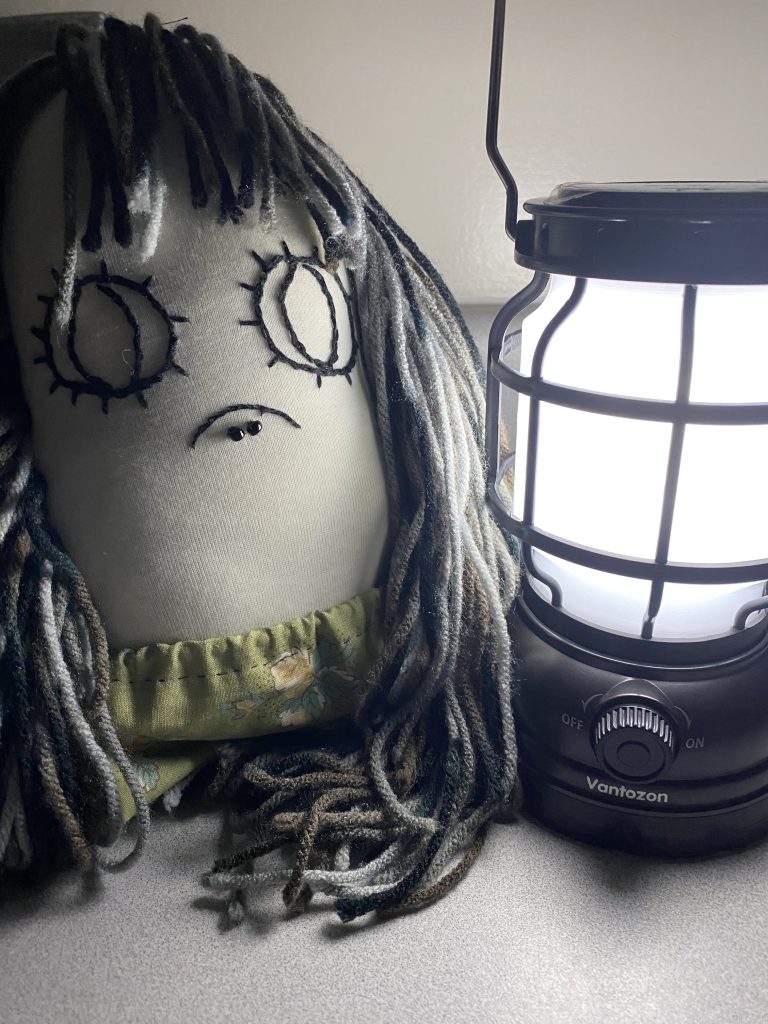
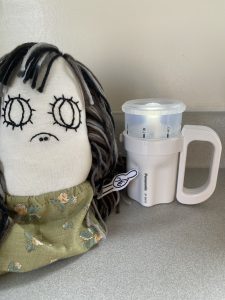
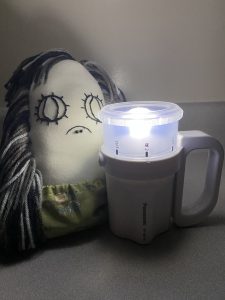
For short-term emergency situations, there are many lighting options, and it may be difficult to decide which ones to get. You might think, “I have a smart phone, and it can be a temporary, emergency light. So I can wait and decide later. Right?” It is true you can use the phone light, but you need to save your phone battery for other purposes. I know the smart phone is smart! But it’s mainly a phone. The phone is your tool to contact people, quickly. It is better to think about the phone and the light, separately.
I am going to continue talking about lights for emergencies, and will share how to make a temporary emergency light, in my next post.
See you next time.
Remember, “Protect your life by yourself” (自分の命は自分で守る). You need to survive first, and then you need your emergency supply. No matter how well you prepared your emergency supplies, if you die, then all of your preparations will have been for nothing. First and foremost, keep your health up all the time. Build your stamina so that if you need to, you can evacuate as quickly as possible. Stay healthy.